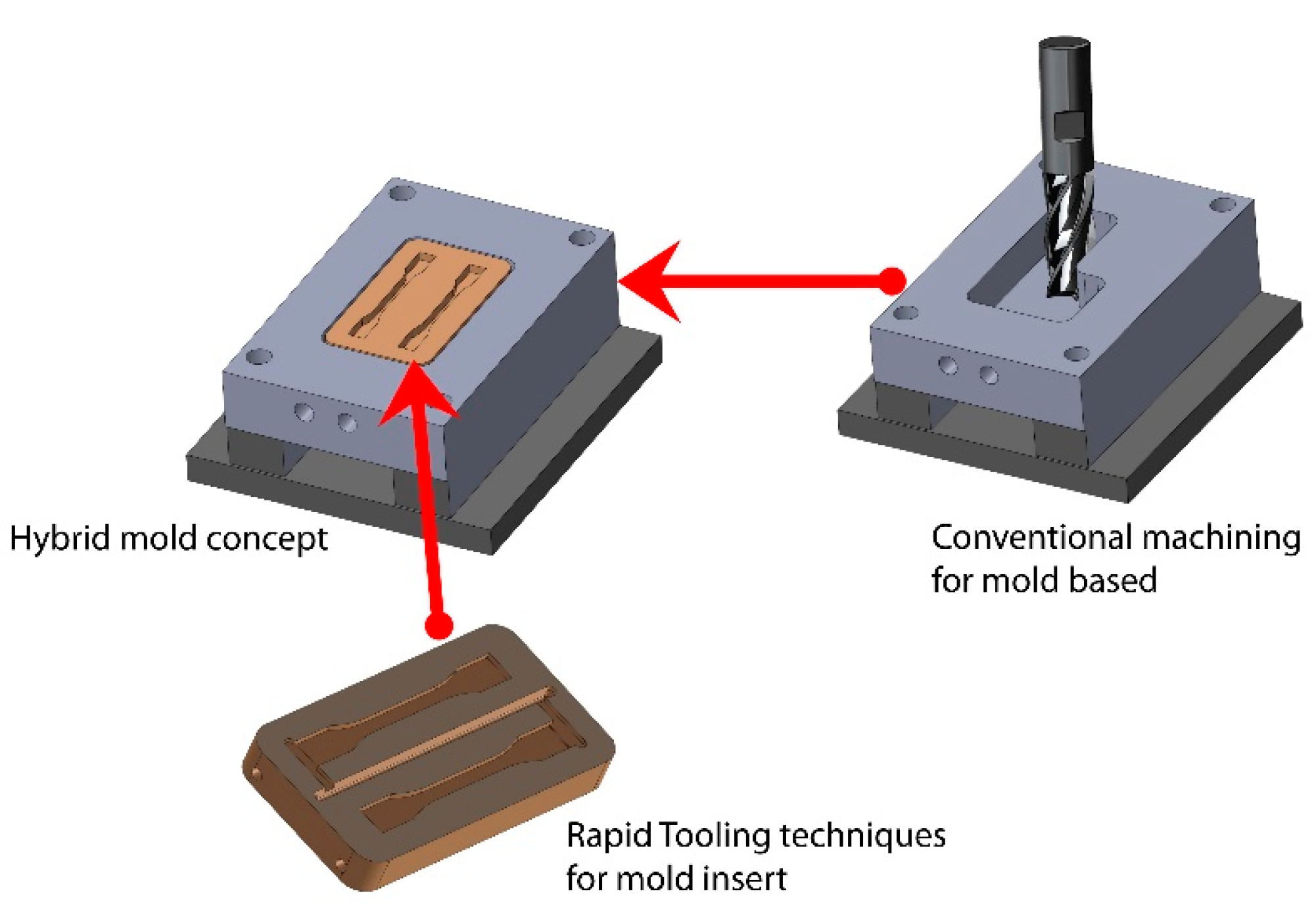Mastering the Art of Speed: Unlocking the Secrets of Rapid Injection Molding
In today's fast-paced manufacturing landscape, the demand for speed and efficiency has never been greater. Companies are constantly seeking innovative solutions to shorten product development cycles while maintaining high-quality standards. One such solution gaining significant traction is rapid injection molding. This advanced technique allows manufacturers to produce plastic parts quickly and cost-effectively, making it an invaluable tool for both prototyping and mass production.

Rapid injection molding combines the principles of traditional injection molding with modern advancements in technology. By utilizing faster processes and optimized materials, it significantly reduces lead times and enables quicker iterations. As businesses strive to deliver products to market ahead of the competition, mastering the art of rapid injection molding is essential for those looking to unlock its full potential and drive success in their industries. This article will explore the intricacies of rapid injection molding , providing insights into its key benefits, techniques, and best practices for implementation.
Understanding Rapid Injection Molding
Rapid injection molding is a process that offers a faster and more efficient alternative to traditional injection molding. This method allows for the quick production of plastic parts by using expedited tooling and advanced technologies. It is particularly advantageous for prototyping and low-to-mid volume production, enabling designers and engineers to bring their products to market more rapidly.
One of the key aspects of rapid injection molding is the use of soft tooling, which is generally made from aluminum or other materials that can be manufactured more quickly than steel. This results in shorter lead times and reduced costs for the tooling required to create the molded parts. Moreover, advancements in machine technology have allowed for faster cycle times, further enhancing the efficiency of the production process.
Another significant benefit of rapid injection molding is its flexibility in design and material choice. It supports a wide range of thermoplastics and even some thermosets, allowing for various applications across different industries. This adaptability makes it an ideal choice for businesses looking to test new concepts quickly without committing to expensive and time-consuming processes typically associated with traditional injection molding.
Benefits of Speed in Production
Rapid injection molding significantly reduces the time required to produce parts, allowing companies to meet tight deadlines and respond quickly to market demands. This speed not only enhances the efficiency of the production process but also leads to an increase in overall output. By minimizing the time from design to prototype and then to mass production, businesses can launch their products faster, gaining a competitive edge.
The cost savings associated with quicker production timelines are substantial. When manufacturers can produce parts rapidly, they reduce labor costs and overhead expenses associated with prolonged production cycles. Additionally, speed in production leads to lower inventory costs, as companies can produce on demand rather than maintaining large stocks of inventory. This agility helps businesses optimize their resources and maximize profitability.
Finally, rapid injection molding fosters innovation by enabling quicker iterations of product designs. Designers and engineers can create prototypes faster, test them, and make improvements based on feedback without the long lead times traditionally associated with injection molding. This iterative process encourages creativity and refinement, allowing for the development of superior products that can better meet customer needs and preferences.
Key Technologies Driving Rapid Molding
One of the forefront technologies enhancing rapid injection molding is the advancement in machine design and engineering. Modern injection molding machines have been optimized for speed and efficiency, utilizing servo motors for precise movements. These machines can achieve shorter cycle times while maintaining high-quality output. As a result, manufacturers can produce parts faster than ever before, meeting the fast-paced demands of various industries.
Another critical technology is the development of high-performance materials specifically designed for rapid injection molding. These materials offer superior flow characteristics, allowing them to fill molds quickly and evenly. Innovations in polymer chemistry have led to the creation of materials that not only speed up production but also enhance the final product's durability and performance. The ability to use advanced materials helps companies reduce lead times while increasing the range of applications for molded parts.
Lastly, automated processes and digital technologies play a significant role in streamlining rapid injection molding. The integration of automation and robotics into the production line minimizes human intervention, reduces errors, and accelerates operations. Additionally, digital monitoring systems provide real-time data on production metrics, enabling manufacturers to make informed adjustments to optimize efficiency. This blend of automation and advanced analytics is a game changer, allowing for continuous improvements in the rapid injection molding process.